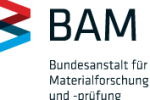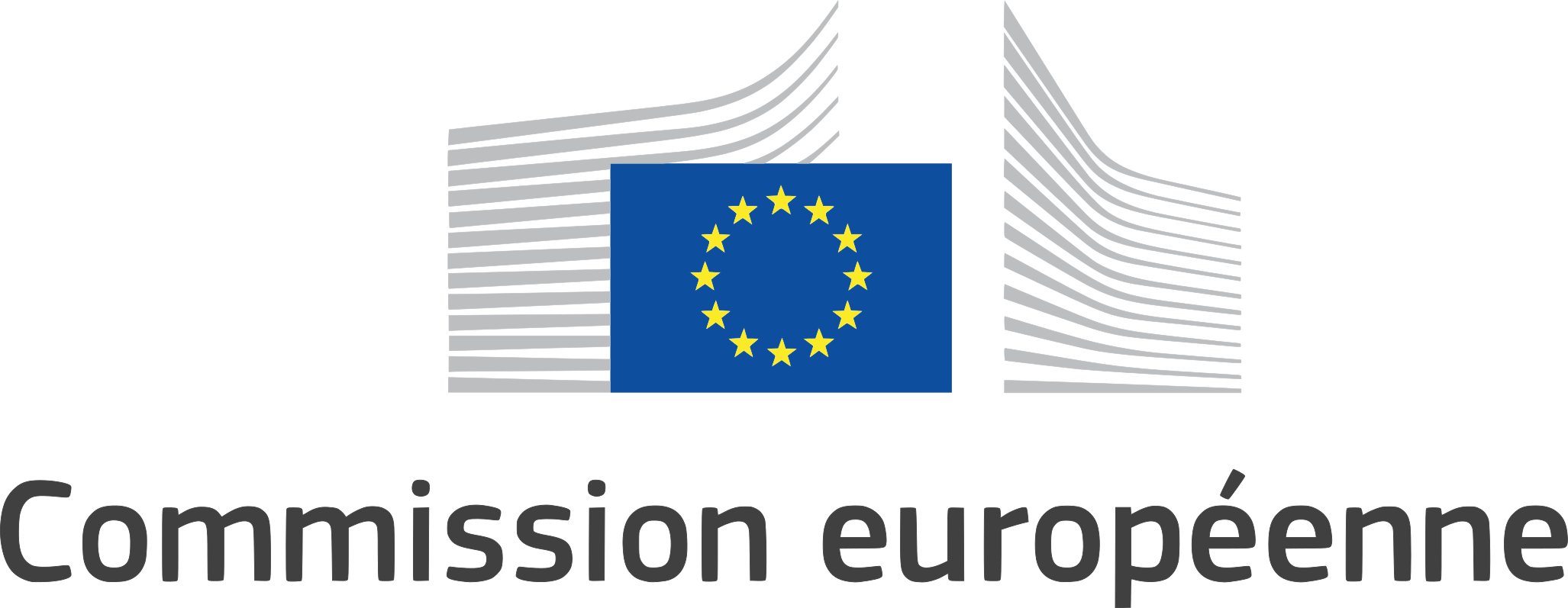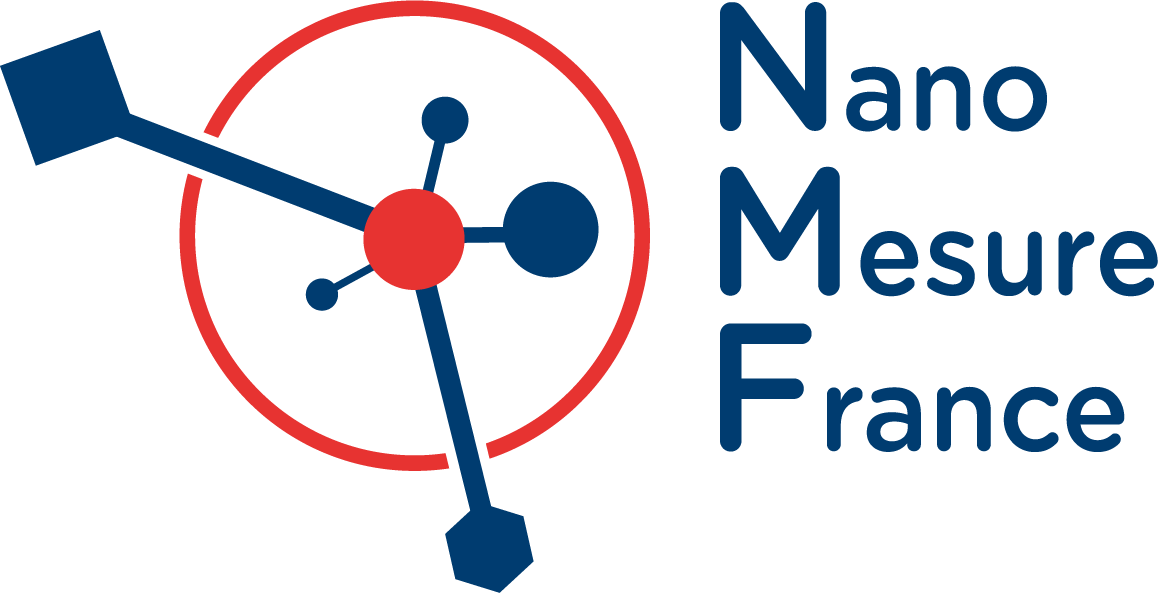Reference materials
Reference materials
The materials used for method validation or laboratory assessment must be sufficiently homogeneous and stable to enable meaningful comparisons to be made between results obtained from tests on different sample fractions, in different places, at different times and using different methods.
WHAT ARE THE DIFFERENCES?
Reference Material (RM)
Homogeneity and stability determined for each measurand corresponding to the properties of interest
- Robustness and reliability assessment
- Laboratory quality control
- Inter-laboratory test (EIL)
Certified Reference Material (CRM)
Reference material characterized by a valid metrological procedure for one or more specified properties, accompanied by a certificate that provides the value of the specified property, the associated uncertainty and proof of metrological traceability.
- Calibration
- Assessing the accuracy / bias of a method
- Calibration
- Assessing the accuracy / bias of a method
Representative Test Material (RTM)
Material from a single batch, which is sufficiently homogeneous and stable for one or more specified properties and for which it is implicitly assumed that it is suitable for its intended use in the development of test methods which target properties other than those for which homogeneity and stability have been demonstrated.
- Intra- or inter-laboratory development of methods for which reference materials are not (yet) available
- Advantages: availability and low cost
- Intra- or inter-laboratory development of methods for which reference materials are not (yet) available
- Advantages: availability and low cost
WHERE TO FIND
REFERENCE YOU NEED?


COMAR database
- Created by LNE in 1970& now managed by BAM (Germany)
- Generic & contains only MRC


Database dedicated to nano NCMs
- Created by Germany in conjunction with ISO/TC 229 Nanotechnologies
- Contains NCMs and CRMs for the nanotechnology sector only


JRC Nanomaterials Repository
- Representative Test Materials (RTMs), including industrial nanomaterials, characterized under theOECD and major research projects
-Reserved for research projects







Founders


Partners


Newsletter
Follow our news and subscribe to our newsletter!
